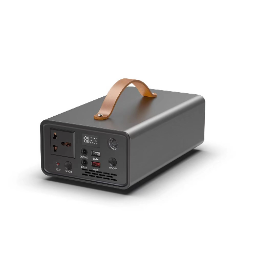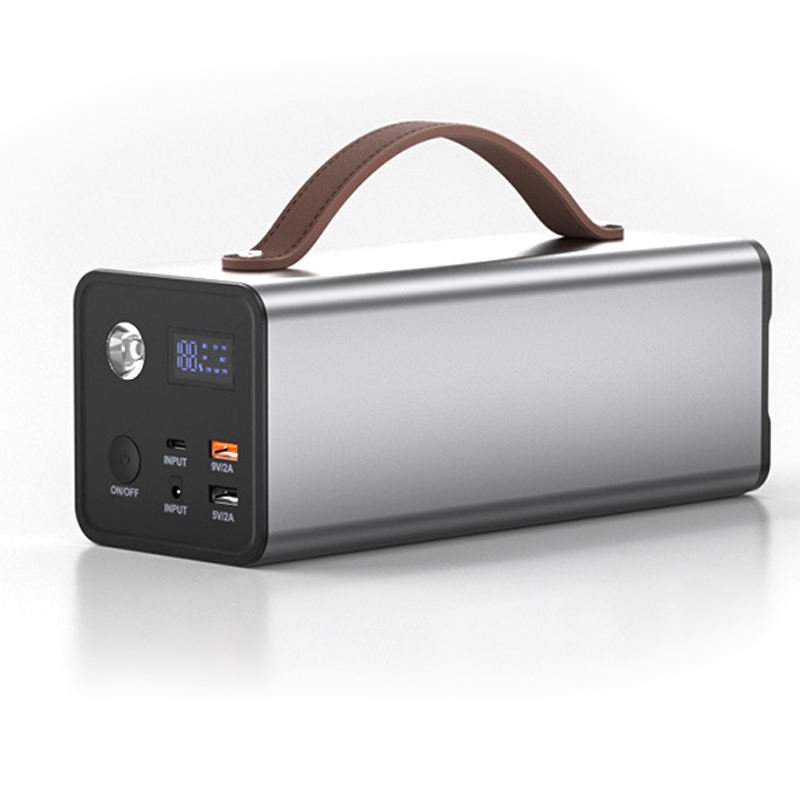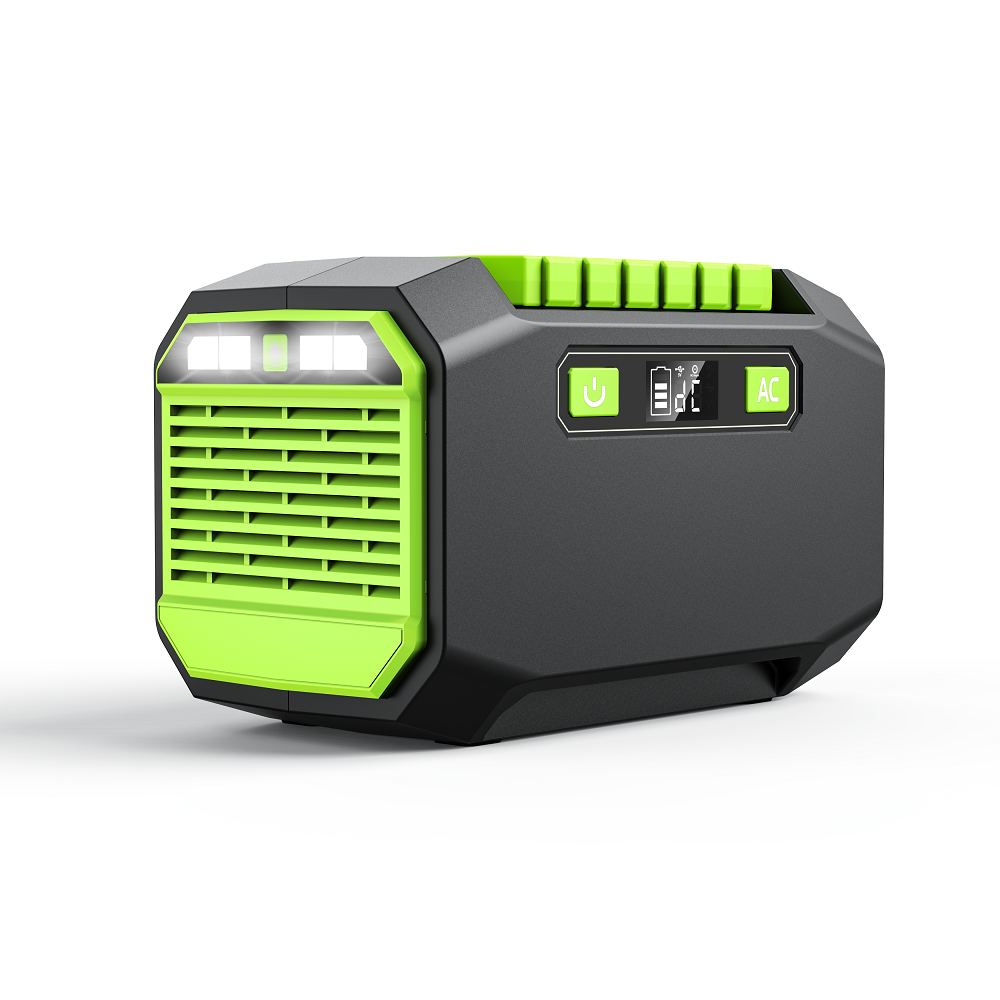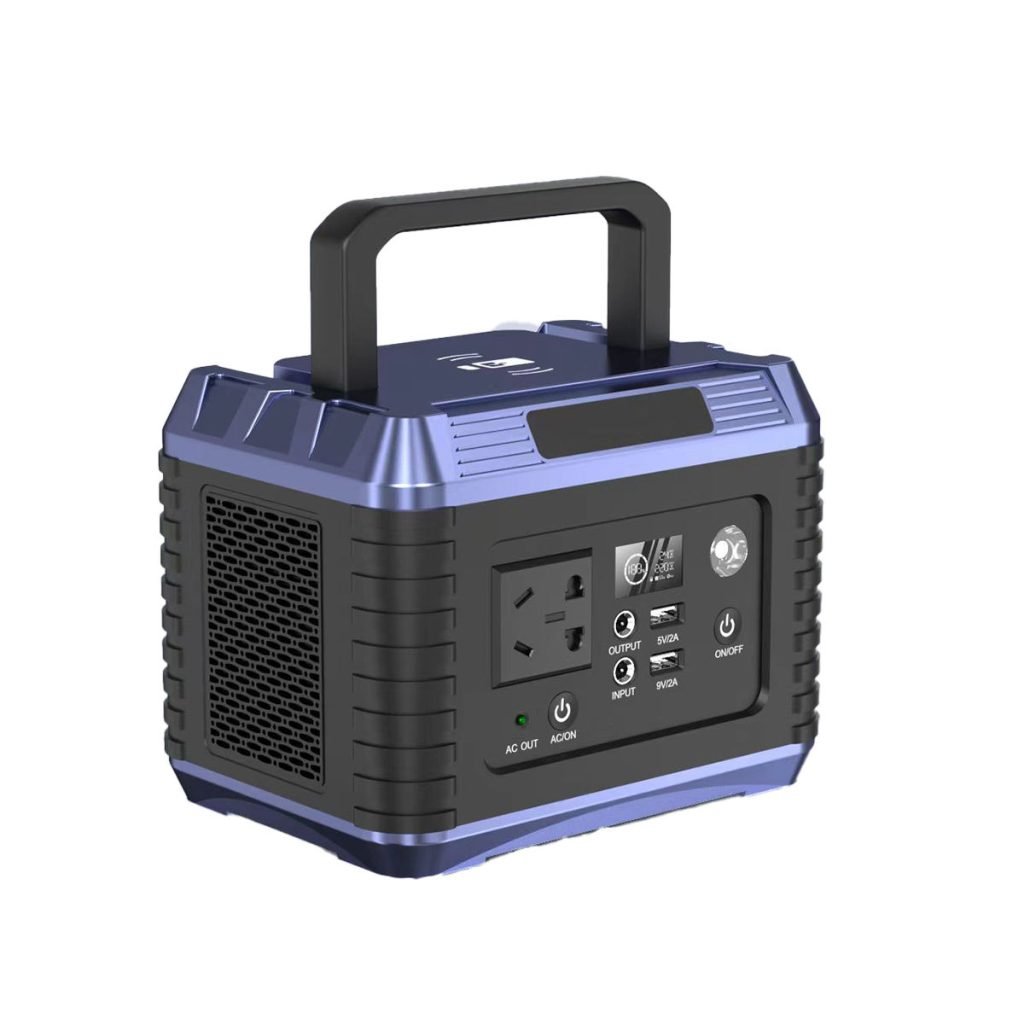When purchasing a portable power station or generator, you’ve likely come across two terms: starting wattage and running wattage. These terms are essential for determining whether a power source can handle your devices or appliances, but they’re often misunderstood. In this blog, we’ll break down the differences between starting and running wattage, why they matter, and how to calculate your power needs to avoid unexpected outages or equipment damage.
What is Starting Wattage?
Starting wattage, also known as surge wattage or peak wattage, refers to the initial power a device or appliance requires to start up. Many devices, especially those with electric motors (like refrigerators, power tools, or air conditioners), need a short burst of extra power to get going. This spike typically lasts only a few seconds but is crucial for proper operation.
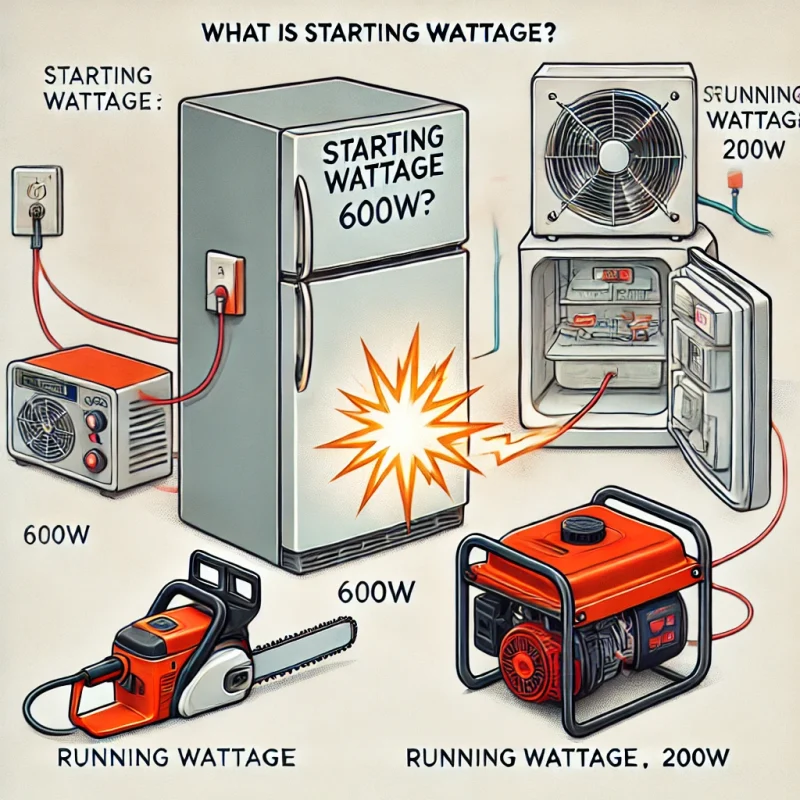
Common Appliances with High Starting Wattage:
- Refrigerators/Freezers: Typically require 2-3 times their running wattage to start.
- Air Conditioners: Require a surge to start their compressor.
- Power Tools: Circular saws, drills, or air compressors have high initial power demands.
What is Running Wattage?
Running wattage, sometimes called rated wattage, is the consistent power an appliance or device needs to operate once it has started. This value is typically lower than the starting wattage and represents the ongoing energy consumption during regular operation.
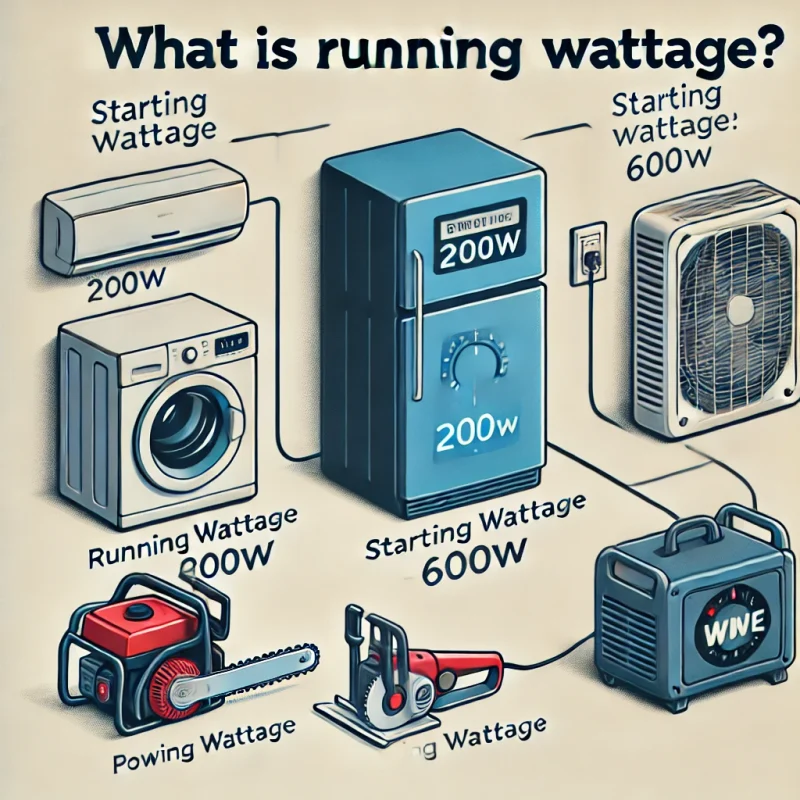
Examples of Running Wattage:
- Laptop: 50-75 watts
- Microwave: 600-1200 watts
- Television: 100-300 watts
| Appliance | Starting Wattage (W) | Running Wattage (W) |
|---|---|---|
| Refrigerator | 600W | 200W |
| Air Conditioner | 2200W | 1500W |
| Circular Saw | 1800W | 1200W |
| Microwave Oven | 1200W | 1000W |
| Laptop | 150W | 50W |
| Washing Machine | 2250W | 500W |
Why the Difference Matters:
The difference between starting and running wattage is critical when selecting a generator or power station. If the power source can’t provide the necessary starting wattage for your appliances, they won’t function properly or might not start at all. It’s also essential to prevent overloads, which could lead to power outages or damage your devices and the power source.
How to Calculate Power Requirements:
To ensure that your power station or generator is powerful enough to handle both starting and running wattages, follow these simple steps:
| Step | Formula/Explanation | Example |
|---|---|---|
| Step 1: List your devices | Identify the appliances you need to power simultaneously. | Fridge, microwave, TV |
| Step 2: Find the Running Wattage | Check the running wattage for each device (found on the device label). | Fridge: 200W, Microwave: 1000W, TV: 150W |
| Step 3: Find the Starting Wattage | For devices with motors, note the starting wattage (usually 2-3x running wattage). | Fridge: 600W, Microwave: N/A, TV: N/A |
| Step 4: Total Running Wattage | Add the running wattages of all devices you plan to use simultaneously. | Total Running Wattage = 200W + 1000W + 150W = 1350W |
| Step 5: Add the Highest Starting Wattage | Add the highest starting wattage of any motor-driven device. | Total Power Requirement = 1350W + 600W (Fridge starting) = 1950W |
Formula:
Total Power Requirement = Total Running Wattage + Highest Starting Wattage
Let’s say you’re using a portable generator to power a small fridge (running wattage 200W, starting wattage 600W), a microwave (1000W running, no significant surge), and a TV (150W). Here’s how you would calculate the wattage needed:
- Running Wattage: 200W (fridge) + 1000W (microwave) + 150W (TV) = 1350W
- Add the highest starting wattage: 1350W + 600W (fridge) = 1950W
In this case, you would need a power station or generator capable of at least 1950 watts of surge power and 1350 watts of running power.
Power Station Ratings and Overloading:
When choosing a portable power station or generator, ensure it can handle your total running wattage and any device’s highest starting wattage. Exceeding the wattage rating can lead to performance issues, equipment failure, or even dangerous overheating.
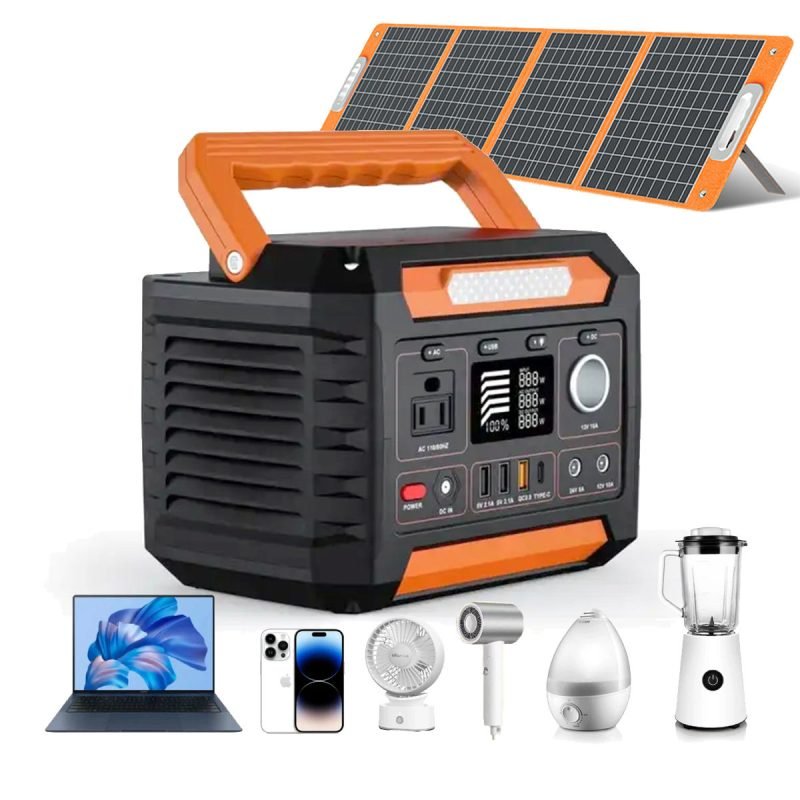
Conclusion:
Understanding the difference between starting and running wattage is crucial for anyone using generators or portable power stations. By calculating your power needs accurately, you can ensure your devices run smoothly without risking overloads or interruptions. Always check the labels of your appliances and choose a power source that can handle both their starting and running requirements.

